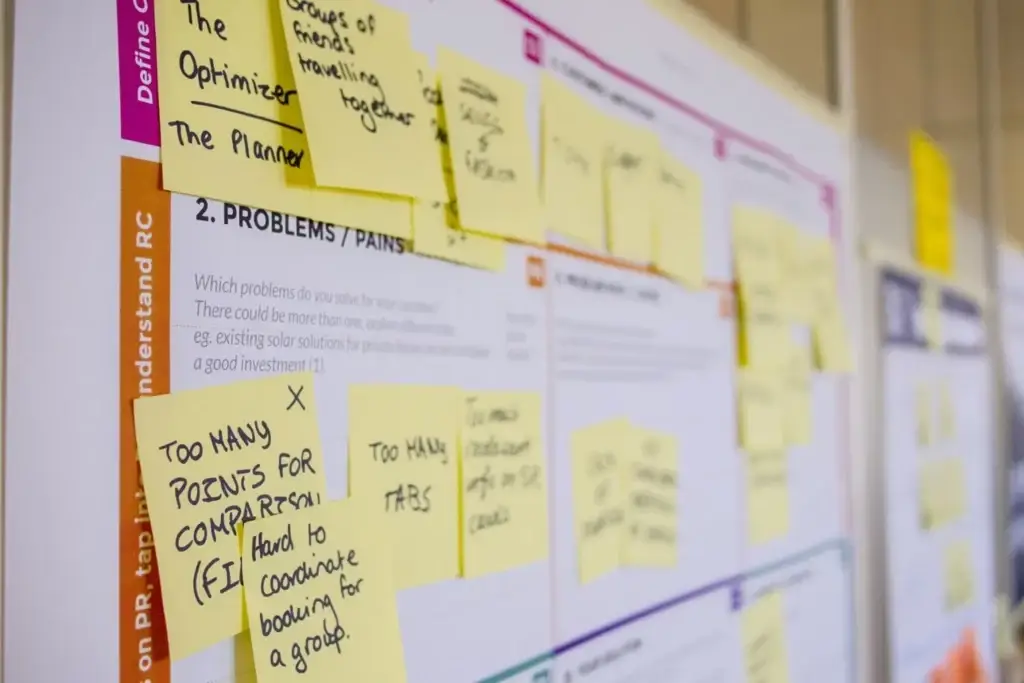Meetings waste time and energy when the concept of “better” is left off the agenda. Every participant needs a clear idea of the agenda and their role. No meeting should take place without a clear set of decisions and outcomes that will be formed and agreed during the meeting’s timeframe. These are the basics of a good meeting.
In addition to the agenda defining the meeting flow and roles, and a clear picture of outcomes, meeting organizers should also distribute a clear description of the situation. This clarity is strategically and logically prior to an agenda.
Sometimes, this description might look like a problem statement. Other times it might look like a simple neutral description or fact.
Sample Situations:
- We are not currently perceived as the industry-leading innovator in our niche.
- Our marketing content is driving a 7% lead capture rate.
- Our CEO does not have a visible personal brand.
Whatever the situation may be, each individual meeting participant should come to the meeting with a very specific picture of what “better” they represent. Fill in the blank: “I am coming to this table to make this situation better by…” Every meeting participant should be a passionate advocate of “better.”
Since there is always room for improvement, “better” does not necessarily mean fixing what is broken. It can also mean delivering better outcomes, improving effectiveness or efficiency, or bettering culture.
For meeting organizers, this means inviting participants who can contribute genuine, meaningful betterness, from wherever they stand in the organization or team. For meeting participants, this means either committing to come prepared with “better” or be ready to decline the invitation.
Declining meeting invitations should not just be acceptable. It should be actively encouraged. Collectively, everyone should build a culture that embraces declined invitations unless both organizers and participants feel equipped with a clear picture of their role in the agenda and outcome, and a mission focused on bettering the situation.
Action Guide:
- Organizer: Outline the situation, agenda, decisions, and outcomes (the Meeting Mission)
- Organizer: Invite participants who have agency in the situation and will play an active role in the agenda, decisions, and outcomes (distribute the Meeting Mission in the invitation)
- Participant: Accept or decline the invitation based on readiness and willingness to commit
- Participant: Come to the meeting prepared with a specific mission and idea of how to make the situation better
- Organizer: Kick off the meeting by highlighting the Meeting Mission, and then explicitly ask each participant what better looks like to them
Taking a mission-driven approach to every meeting makes each meeting more meaningful, and channels people’s time and energy towards better outcomes. More broadly, it constantly reiterates a sense of purpose and shared objectives within a team or an organization. Imagine the effectiveness of a culture where everyone meets this way. That is a version of “better” we should all be working towards.




